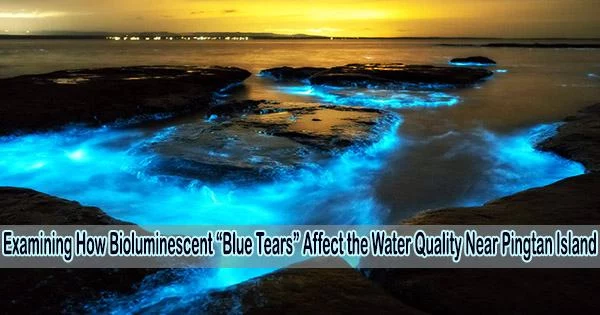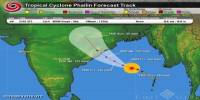Pingtan Island, also known as the Pingtan Archipelago, is an island located off the eastern coast of China in the Fujian Province. It is the largest island in Fujian and the fifth largest island in China, covering an area of approximately 373 square kilometers.
Pingtan Island is an attractive tourist destination off the east coast of mainland Asia south of the Min River estuary complex. These island has a rich history dating back to the Tang Dynasty, and it has been an important center for trade and commerce for centuries.
One of its most well-known natural features that draws the crowds are the “blue tears.” This organic occurrence is a blue glow that can be observed on the island’s beaches and nearby rocks and is caused by several species of plankton that bloom in the waters around the island.
During the primary blooming season from April to July, the tens of thousands of plankton cells in every liter of seawater can emit a bioluminescent glow in choppy waters. There is always the worry that such blooms could have a negative impact on the water’s quality, other marine life, as well as people and animals swimming in the water.
For the first time, research published in the International Journal of Environment and Pollution examined how blue tears affect water quality. The team writes that the main bioluminescent species generating the blue tears is Noctiluca scintillans, rather than Vargula hilgendorfii.
The scientists discovered that the water quality is good when N. scintillans is present, in contrast to past research that had suggested that its presence might be harmful to water quality.
The scientists also looked into the ebb and flow of the blue tears bloom and put out a theory as to what might be the mechanism behind it. They demonstrate that the phenomena of blue tears, which is becoming increasingly common, is not, as had been supposed, connected with a decline in water quality through their investigation of regional and temporal variation in the planktonic population and seawater quality.
Today, the island is known for its natural beauty, with picturesque beaches, rocky cliffs, and diverse wildlife. It has also become a popular destination for tourism, attracting visitors from around the world.
















